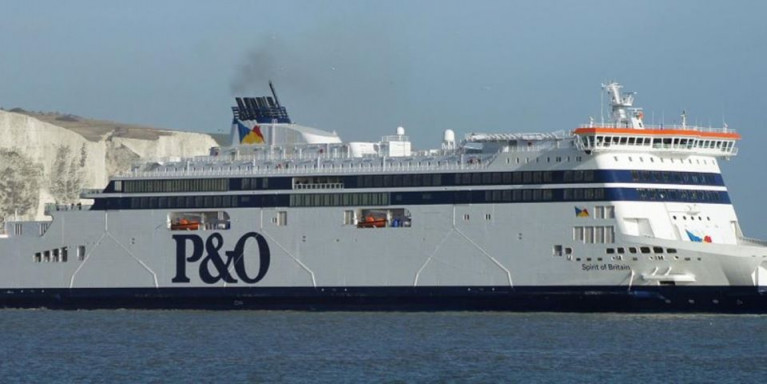P&O Ferries is to offer freight customers a new purpose-built digital product that aims at easing some cross border issues caused by Brexit, as the next set of requirements for cargo movements from Europe to the UK, was introduced on 1st January 2022.
The ferry operator is introducing the new digital ‘Travel Wallet’ completely free of charge, to help hauliers navigate the pre-journey process and make it as simple as possible for all drivers checking-in at their ports.
The Travel Wallet will help customers identify which documents are required for each movement based on the route and the cargo being shipped. Customers can also use it to verify the documents and then save the digital paperwork in the tool, generating one barcode that can be used by drivers at check-in, removing any language barriers and allowing drivers simply to scan and go.
The border requirements introduced in January last year, led to reports of confusion across the industry on what declarations were required for each journey and incorrect paperwork being presented at port check-ins, which led to increased waiting times.
P&O Ferries believes the innovative new tool will help reduce check-in times and queues at ports significantly, estimating that it could reduce check-in times by up to 50%.
Peter Hebblethwaite, Chief Executive of P&O Ferries, said: “The new border regulations add complexity, time and cost to all areas of the process, but they are here to stay and will become business-as-usual over time. We believe it is up to everyone in the sector to do all they can to simplify the processes to make them as efficient as possible, and this is something P&O Ferries is committed to.
“We have been speaking to our customers regularly over the last year about the difficulties they are facing, and we have been monitoring the impact at our ports in order to identify the common issues, so that we can design ways to improve these either at the pre-journey process stage, or on the day of travel.
“One issue we have found at check-in is that drivers, who may not speak the local language at the port, are often not sure what paperwork they should have ready, which can lead to dozens of documents being passed to our employees to work through. We understand that this is difficult for the drivers, and we want to help in any way we can.
“The Travel Wallet provides drivers with one umbrella barcode that we can scan in a matter of seconds, helping to reduce waiting times and queues for every vehicle that comes into our ports. It can also send customs status updates to users keeping them informed ahead of every step of the journey.”
P&O Ferries is part of DP World, the leading provider of smart logistics solutions, helping trade flow across the globe. The Travel Wallet was created in partnership with CNS, a UK based technology solutions firm within the Cargoes Community arm of DP World.
For further information, click the ferry firm's 'freight' website here.






























































